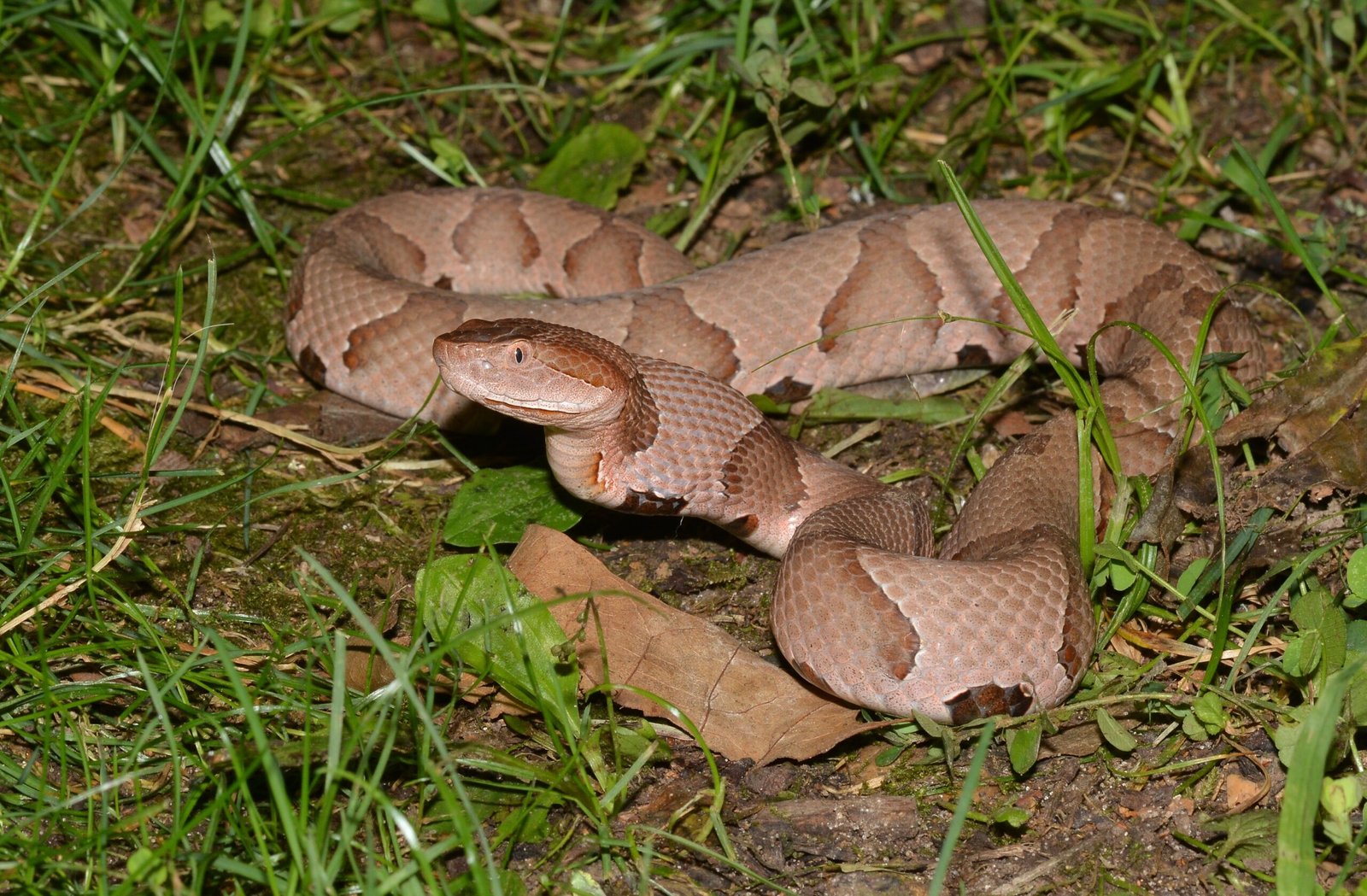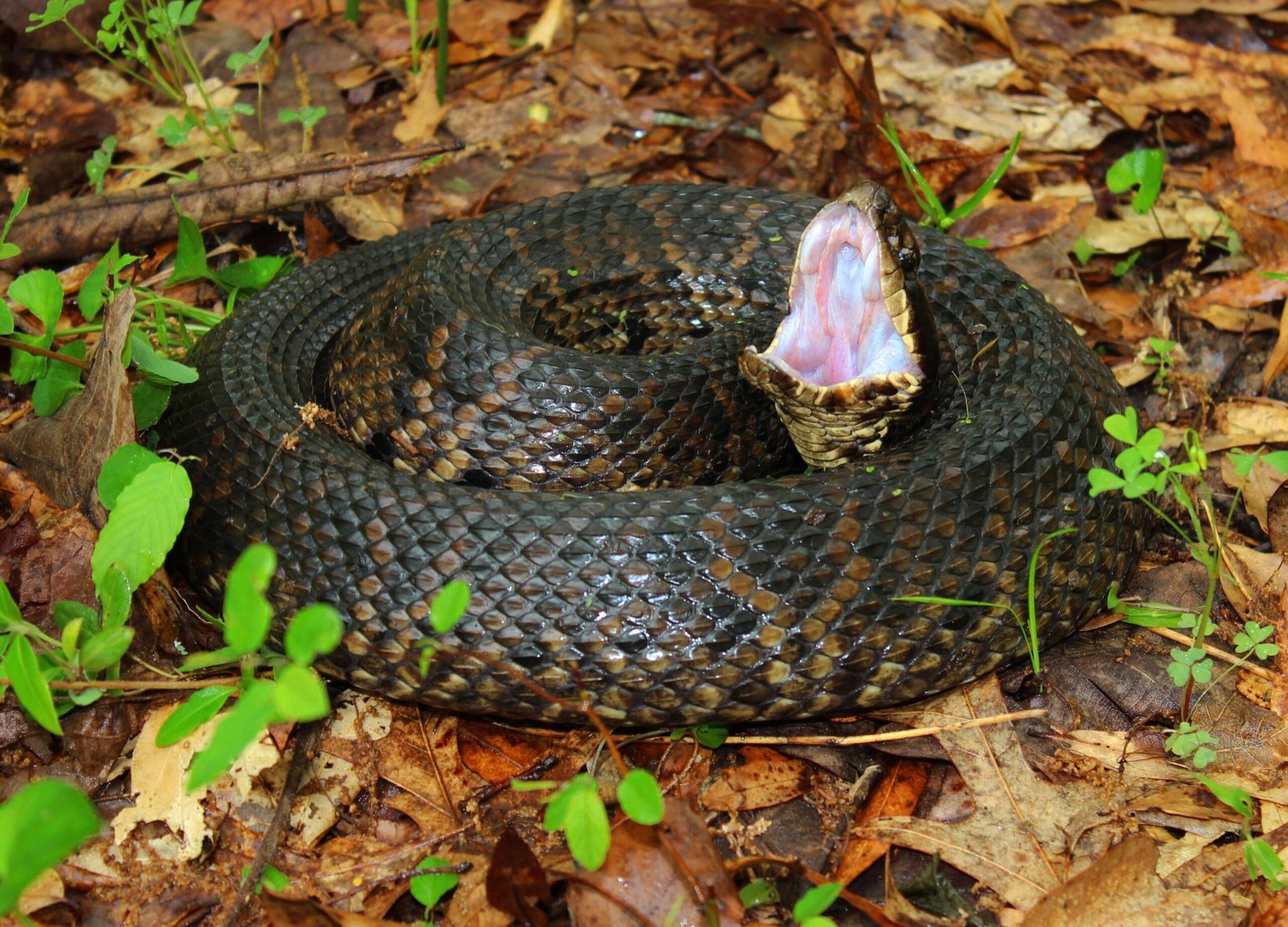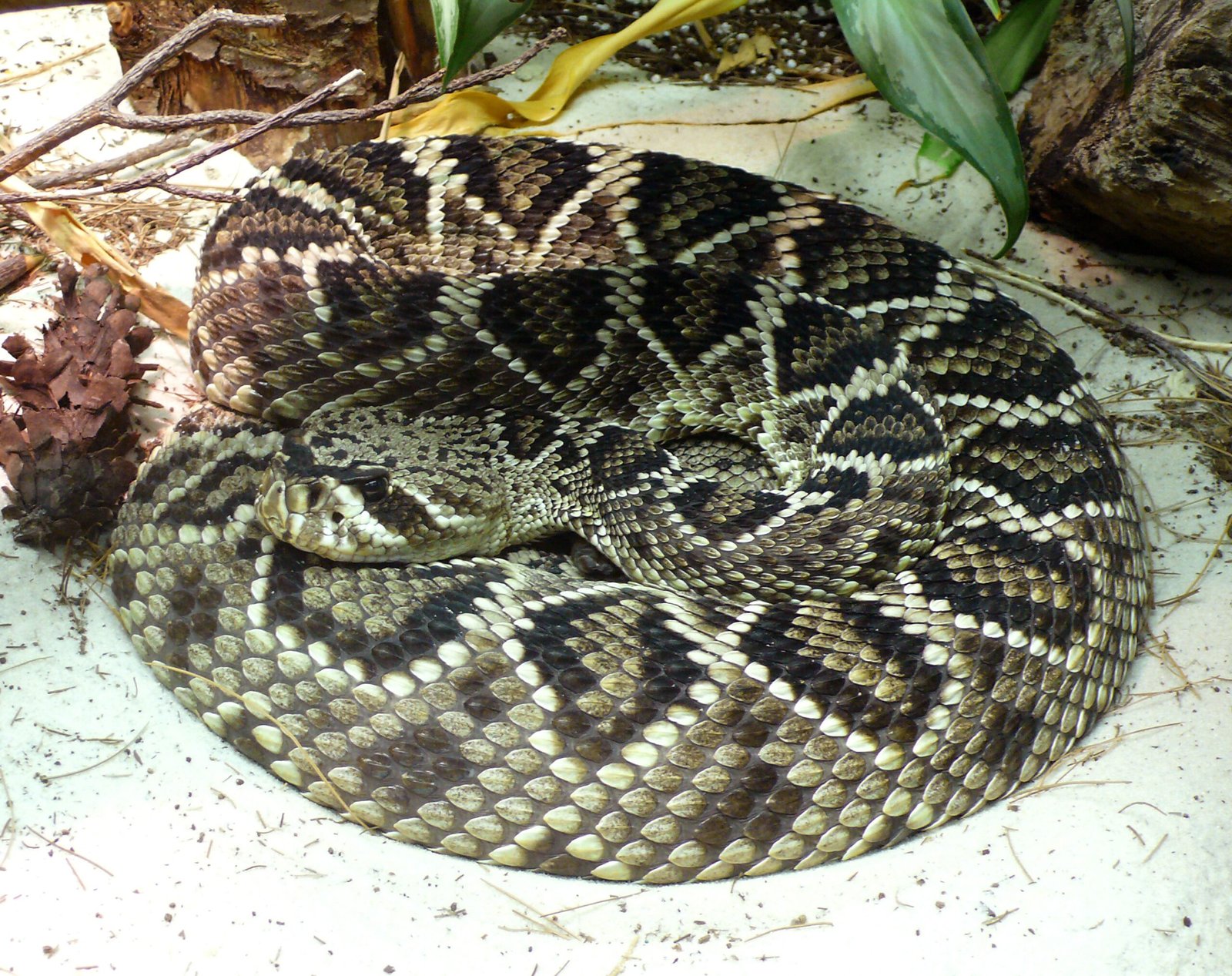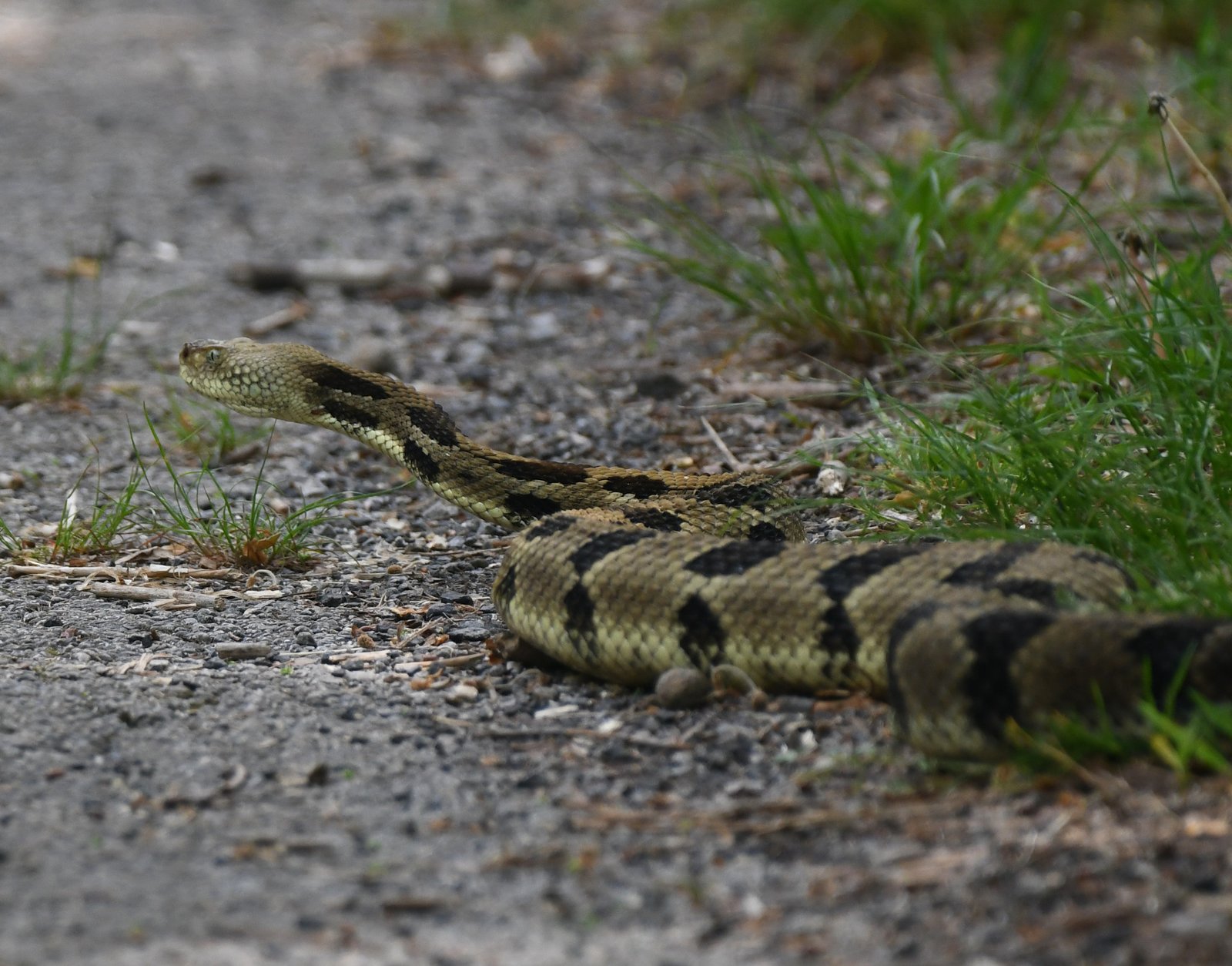North Carolina is known for its stunning landscapes, from the Appalachian Mountains to its pristine coastlines. But, lurking within its diverse ecosystems are some of the most dangerous and fascinating creatures — venomous snakes. Have you ever wondered which snakes in North Carolina are the most perilous? Prepare to be both intrigued and cautious as we delve into the six deadliest snakes of this region. These serpents, with their unique characteristics and potent venom, command respect and a healthy dose of caution. Let’s explore these fascinating, albeit dangerous, reptiles and learn what makes them so notorious.
Copperhead: The Master of Camouflage

The Copperhead is perhaps the most common venomous snake in North Carolina and is famed for its exceptional camouflage. Its distinctive coppery head and hourglass pattern help it blend seamlessly into the forest floor, making it almost invisible to the untrained eye. This snake is often encountered by hikers and gardeners, as it prefers wooded areas and leaf litter. Though its venom is not the most potent, the Copperhead’s bite can be quite painful and requires medical attention. It’s crucial to watch your step in areas where these snakes are known to reside. They tend to freeze when approached, relying on their camouflage rather than fleeing, which can lead to accidental bites.
Cottonmouth: The Aquatic Predator

Known for its aggressive nature and remarkable ability to thrive in water, the Cottonmouth, or Water Moccasin, is a snake that demands respect. Its name comes from the white coloration inside its mouth, which it displays threateningly when disturbed. Cottonmouths are commonly found in swamps, marshes, and along the edges of lakes and rivers. Despite their fearsome reputation, these snakes are more likely to flee than attack when humans approach. However, they will stand their ground if cornered. Their venom is more potent than that of a Copperhead, making a bite potentially dangerous. Always be cautious near water bodies in North Carolina where these serpents might be lurking.
Eastern Diamondback Rattlesnake: The Giant of the Southeast

The Eastern Diamondback Rattlesnake is the largest venomous snake in North America and is a formidable predator. Its impressive size, reaching up to eight feet, and its iconic diamond pattern make it easily recognizable. Found primarily in the southeastern part of the state, this snake prefers dry, sandy areas like pine forests and coastal dunes. Its venom is highly toxic, capable of causing severe damage, and requires immediate medical attention if bitten. Fortunately, the Eastern Diamondback is not aggressive and will usually warn intruders with its loud rattle before striking. This snake’s sheer size and powerful venom make it a creature to admire from a distance.
Timber Rattlesnake: The Silent Stalker

Timber Rattlesnakes are a common sight in the mountainous regions of North Carolina. Known for their docile nature compared to other rattlesnakes, they prefer to avoid confrontation. However, their venom is highly potent, and bites can be life-threatening if not treated promptly. The Timber Rattlesnake is often found in deciduous forests, rocky hillsides, and rural areas. Its coloration varies, but it typically features a series of dark bands across its back. Unlike the Eastern Diamondback, the Timber Rattlesnake’s rattle is relatively quiet, often going unnoticed until you’re quite close. Hikers and outdoor enthusiasts should always be vigilant in areas where these snakes are known to live.
Pygmy Rattlesnake: The Small but Mighty

The Pygmy Rattlesnake may be small, but it packs a punch. Measuring just over a foot long, this snake is the smallest of North Carolina’s venomous snakes. Despite its size, its venom can cause significant pain and medical complications, though it is rarely fatal. Pygmy Rattlesnakes are often found in pine flatwoods, sandhills, and around wetlands. Their coloration can vary, but they typically have a series of dark, circular spots running down their backs. This snake’s rattle is so small it can be difficult to hear, making it easy to overlook. Exercise caution in areas with dense vegetation where these tiny predators might reside.
Coral Snake: The Colorful Enigma

While not as commonly encountered as the other snakes on this list, the Eastern Coral Snake is one of North Carolina’s most venomous. Its bright bands of red, yellow, and black make it both beautiful and dangerous. The rhyme “Red touch yellow, kill a fellow; red touch black, friend of Jack” helps distinguish it from non-venomous lookalikes. Coral Snakes prefer wooded, sandy, or marshy areas and are highly reclusive, often burrowing underground. Their venom is a neurotoxin, which can be deadly if not treated promptly. Despite their potent venom, Coral Snakes are shy and rarely bite unless provoked. Always be sure to identify snakes correctly when exploring their habitats.
Jen is a passionate nature lover and ocean conservationist. She has dedicated her life to protecting the environment and preserving the beauty of the natural world. Growing up in a small coastal town, Jen sincerely appreciated the ocean and its inhabitants. She has spent countless hours exploring the shoreline, learning about the creatures that inhabit the waters, and advocating for their protection. Jen is an active member of ocean conservation organizations, and she is committed to educating the public about the importance of conserving wildlife and the natural environment.






